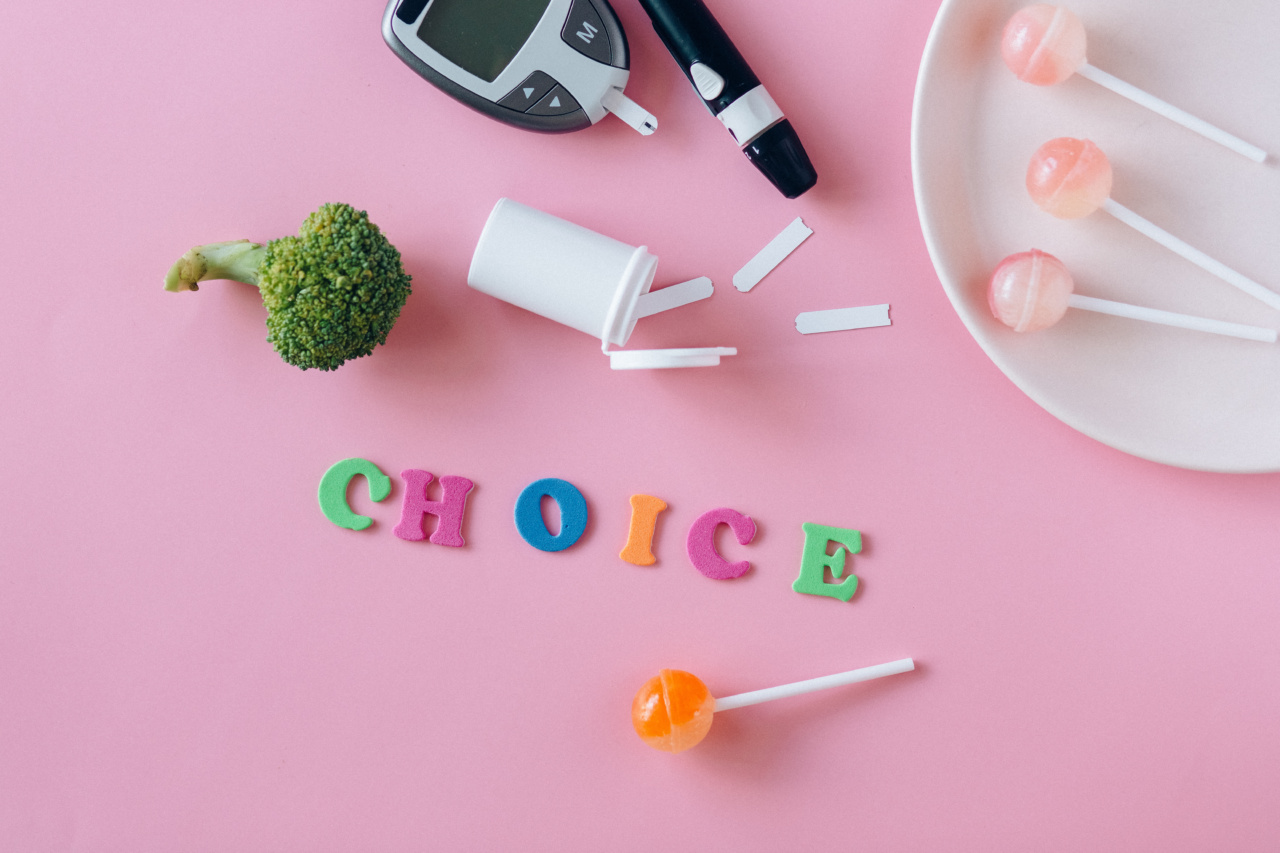Glaucoma is a group of eye diseases that gradually damage the optic nerve, leading to vision loss and potential blindness if left untreated. It usually occurs when fluid builds up in the front part of the eye, increasing pressure inside the eye.
The two main types of glaucoma are open-angle glaucoma and angle-closure glaucoma.
Importance of Glaucoma Prevention
Preventing glaucoma is crucial as it is a progressive eye disease that often does not show symptoms until the later stages.
Regular eye examinations and preventative measures can help detect and manage glaucoma at an early stage, reducing the risk of permanent vision loss.
Role of Dietary Choices in Glaucoma Prevention
Diet plays a significant role in maintaining overall health, including eye health.
While there is no specific diet to cure glaucoma, certain dietary choices and nutrients have been associated with reducing the risk of developing glaucoma or slowing its progression.
1. Antioxidant-Rich Foods
Consuming foods rich in antioxidants can help protect the optic nerve from damage caused by free radicals. Include a variety of fruits and vegetables such as kale, spinach, carrots, berries, and citrus fruits in your diet.
These foods are high in vitamins A, C, and E, which have antioxidant properties.
2. Omega-3 Fatty Acids
Omega-3 fatty acids have anti-inflammatory properties and may help reduce intraocular pressure (IOP) associated with glaucoma. Incorporate fatty fish like salmon, sardines, and mackerel into your diet.
If you are vegetarian or do not consume fish, consider flaxseeds, chia seeds, and walnuts as plant-based sources of omega-3s.
3. Low Glycemic Index Foods
Some studies suggest a possible link between high blood sugar levels and glaucoma. Choosing foods with a low glycemic index (GI) can help regulate blood sugar levels.
Opt for whole grains, legumes, nuts, and non-starchy vegetables, which have a lower GI compared to refined grains and sugary foods.
4. Green Tea
Green tea contains bioactive compounds, including catechins, which have been associated with a lower risk of glaucoma. Regular consumption of green tea may help reduce intraocular pressure.
Opt for freshly brewed green tea and avoid adding excessive sugar or artificial sweeteners.
5. Vitamin C and Citrus Fruits
Vitamin C is an antioxidant that helps protect the eyes against oxidative stress. Incorporate citrus fruits such as oranges, grapefruits, and lemons into your diet, as they are excellent sources of vitamin C.
Additionally, include other fruits and vegetables high in vitamin C, like strawberries and bell peppers.
6. Avoid Trans Fats
Trans fats are unhealthy fats that can increase the risk of various health problems, including glaucoma. Avoid consuming foods high in trans fats, such as fried foods, processed snacks, and commercially baked products.
Opt for healthier fats like olive oil, avocados, and nuts.
7. Dark Chocolate
Dark chocolate contains flavonoids that have been associated with improved blood flow and reduced intraocular pressure. Choose dark chocolate with a high cocoa content (70% or more) and consume it in moderation as part of a balanced diet.
8. Stay Hydrated
Proper hydration is essential for maintaining overall health, including eye health. Drinking an adequate amount of water throughout the day may help regulate intraocular pressure.
Aim for at least eight glasses of water per day and adjust your intake based on individual needs.
9. Limit Caffeine Consumption
Excessive caffeine intake may increase intraocular pressure temporarily. Limit your consumption of caffeinated beverages like coffee and tea, especially if you have been diagnosed with glaucoma or have a family history of the condition.
Opt for decaffeinated options or herbal teas.
10. Regular Eye Examinations
While dietary choices can play a role in glaucoma prevention, regular eye examinations are crucial for early detection and treatment. Visit an eye care professional regularly, particularly if you are at high risk or have a family history of glaucoma.































